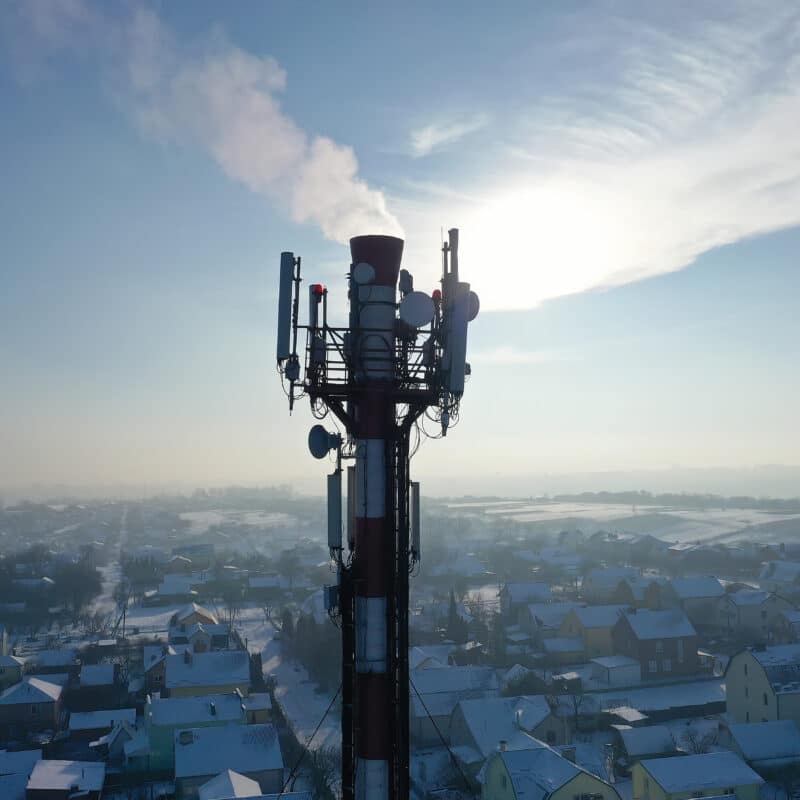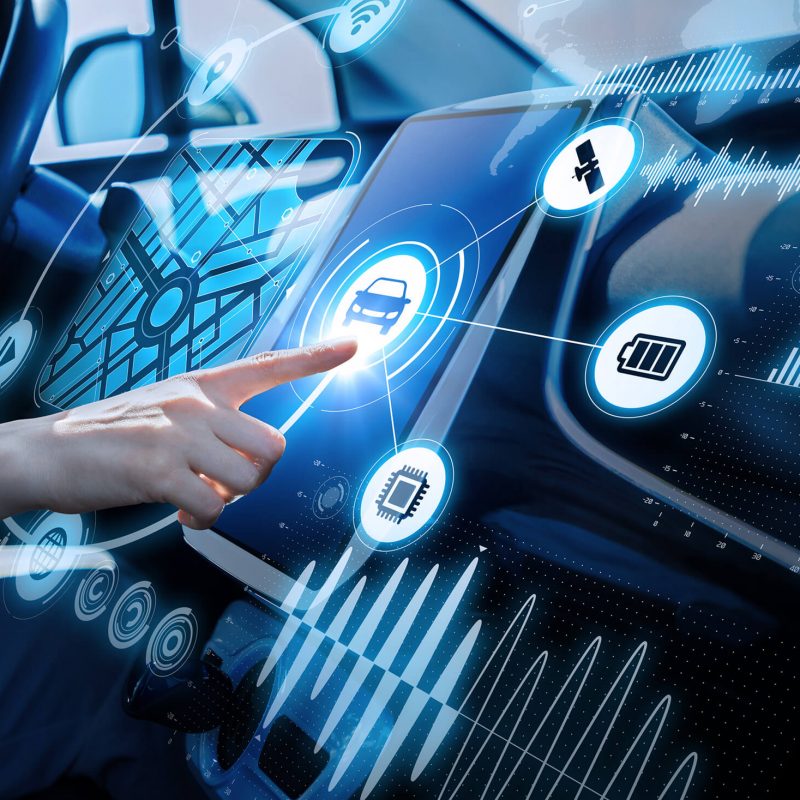Search
Recent Posts
- Backup Routers: The Lifeline for Critical Communication Use Cases
- Critical Retail & Hospitality Connectivity: PCI DSS Security Standards & Android Systems
- A Guide to Mobile Network Architectures
- A Beginner’s Guide to IoT Connectivity
- Multi-Network VS Multi-IMSI SIM Cards for IoT: A Comparative Analysis










Recent Comments